My name is Erin Busbee. I’m from Cleveland, Ohio.
When I was 6 years old, I was at a playground or a park. And I’m playing with the kid there and their parent comes over and introduces himself to me and it’s like, “Hey, little guy. What’s your name?” And I tell them Erin and, you know, he continues on this conversation with me and I knew that he thought that I was a boy and I was really happy with that.
When I was, like, around middle school, I kind of had my first realization that people are going to judge me by the way that I dress or that the way that I look could say something about, like, sexuality. And so I definitely went through a much more, like, feminine phase at that time until I ended up coming out in high school when I was about 15 years old.
I had just come out to my dad. We were in the basement talking and, you know, initially his response was pretty positive. He would ask me questions about, you know, saying that maybe he thought about it before and he also asked me if I wanted to be a boy. I said no pretty matter-of-factly. The conversation continued and he just told me that he loved me and he just wanted me to be safe. He was worried about, you know, what – how much harder life would be for me but he loved me regardless. He cried as well. It was the first time I’d ever see my dad cry, so it was an emotional moment.
So when I got to college, during freshman orientation actually, you know, we’re staying in the dorm and, you know, going around and I met this guy and we were hanging out the whole time. We got really cool and like probably day two into the orientation and we’re, you know, hanging out that day. And we made a stop to go to the bathroom and, you know, I got a little bit nervous.
And he heads into the bathroom and he’s like “Are you coming? You have to go?”
And I was like. “Oh, no, I’m fine.” And then in that moment, I was like complete panic because I’m like, he thinks I’m a guy and we’re really far in right now. So, like how do I backtrack out of this? So I think it might have been around like lunch time that day and we were sitting down and we just kinda had about opportunity to have a one on one conversation and I was just like, “By the way, I’m a girl.” He was just like, “I’m sorry” and then that was it. And then from then on we just continued our interactions the same way. He just knew not to invite me into the men’s bathroom anymore.
Everything was cool but it was at that moment where I realized, like, this is going to be an issue. I had like recently kind of cut my hair. So it was not completely short but I had these little, like, twists that were like some Kriss Kross 90s twists in my hair. And so I was like, oh, if I want people to see me as a woman, I’m gonna have to do something different with my hair. I’m gonna need it to be longer. Because at that time, I was pretty much like I know what clothes I’m comfortable in, what I want to wear, but I just have to present, you know, my face and my actual – like, my body more femininely.
At this time, I’m still, you know, deciding that I’m identifying as a woman and I want people to see me that way. And then somebody, like, saying, like “Hey, sir. How are you?” It is catches me off guard because I’m like, how do I interact with you? Like, what do I do now?
So in that process, I had started to think, like, well, should I just transition kind of? Am I transgender? Like, what does this mean? Do I wanna be a man? And so I really, like, did a lot of research. I was looking up, like, surgeries and hormones and what all of it meant and what parts were reversible. And I knew that I never – for me, it was an issue of like having an issue with my body or, you know, feeling like I needed to actually change anything, but I was more to responding to the world outside of me. Like, okay, if I just fully present in this way then everything will be fine.
After some time I just kind of got to a place where I was like, I know this isn’t it. Like, I know that I don’t identify as trans specifically in a way that makes me want to, like, make any physical transition. And I was just like, I can just be whatever. I can be in the middle. I can be sometimes I’m woman, sometimes a man, most of the time I’m neither, sometimes I’m both at the same time.
So being okay and kind of coming to terms with that then I just got to a point where I realized, like, gender is a performance and I can perform it how I want. And so I don’t have to fit into one side or another and I recognize how I can like play around with it for myself and what I can do to make myself comfortable. So for me, it was a relief to just be able to go into the world and just exist and not really worry about what people saw or what people thought.
For about the last decade or so, my dad has worked in shelters around Cleveland, working with the homeless population and people dealing with housing insecurity. And he recently was recruited to start doing these trainings for mediation around the country and that turned into doing trainings around, kind of, LGBTQ competency within your shelter and within your space.
And he had a training earlier this year and he called me and he’s like, “Hey, I want you to give me some feedback.” And as we start to have that conversation he just started telling me about the things that he will learning about gender and he was like, “You know, I realize I never asked you how do you identify? What pronouns do you use?”
And I was just like (places hand on heart), who am I talking to? I mean it was like – I just smiled. Like, I couldn’t stop smiling. I was just like, “Well, you know, this is how I identify. You know, sometimes as a woman, sometimes not as either, and I use they/them pronouns when I can, and some people use he pronouns.” I mean, I kind of just explained it out to him and he was like, “Okay. All right.” And that was a, I mean, the first person in my family that I’ve ever told that to, so it was pretty amazing.
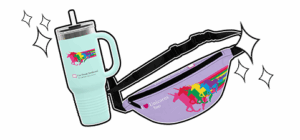

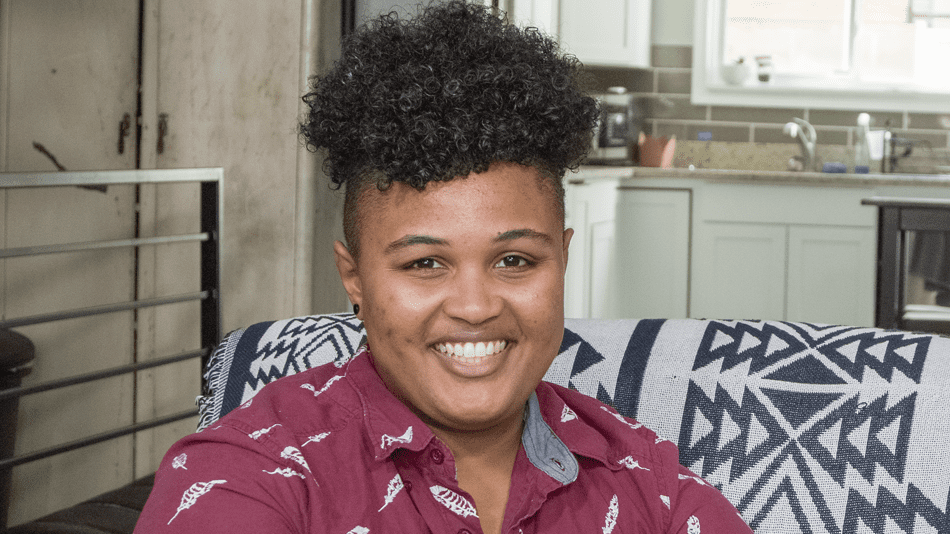

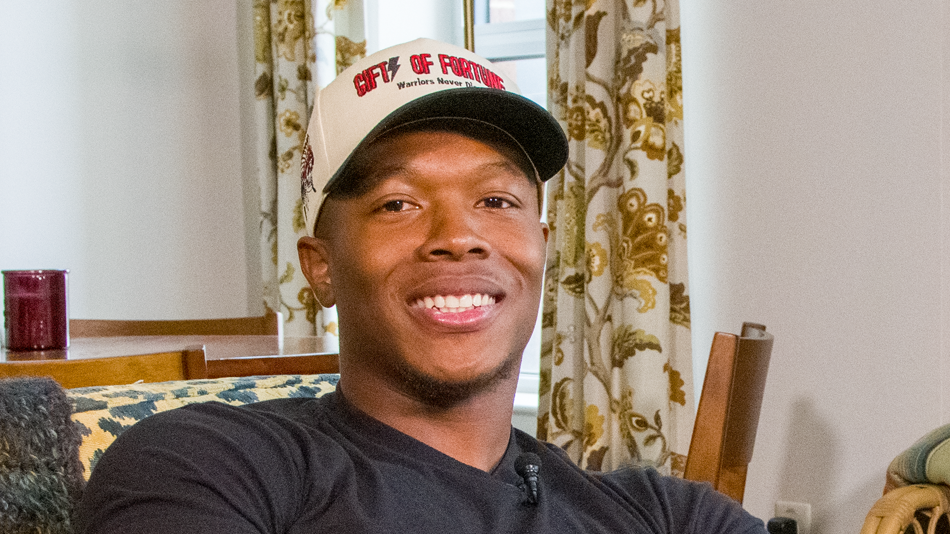
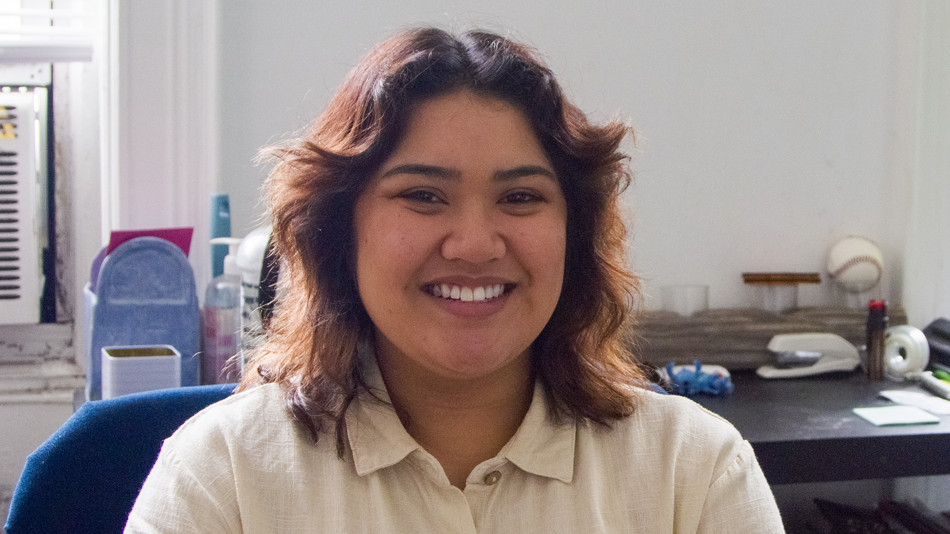
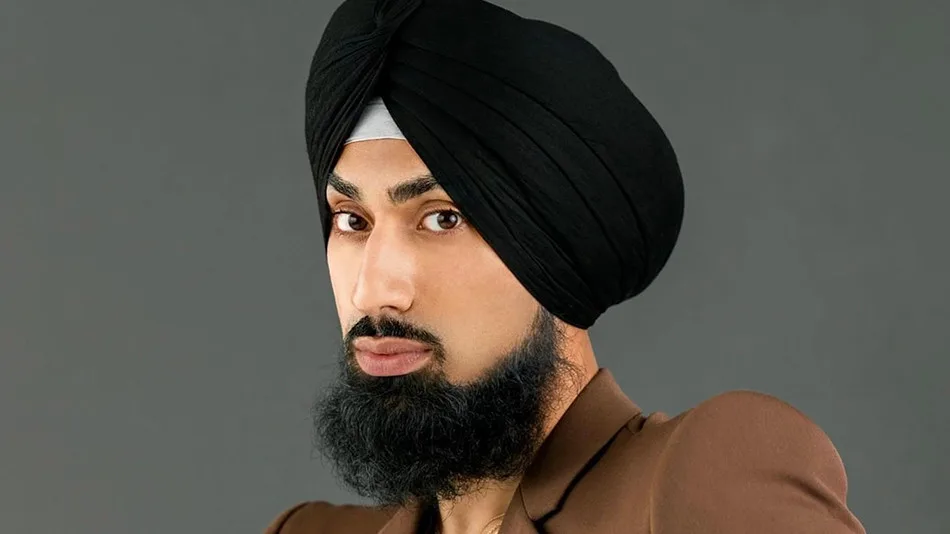
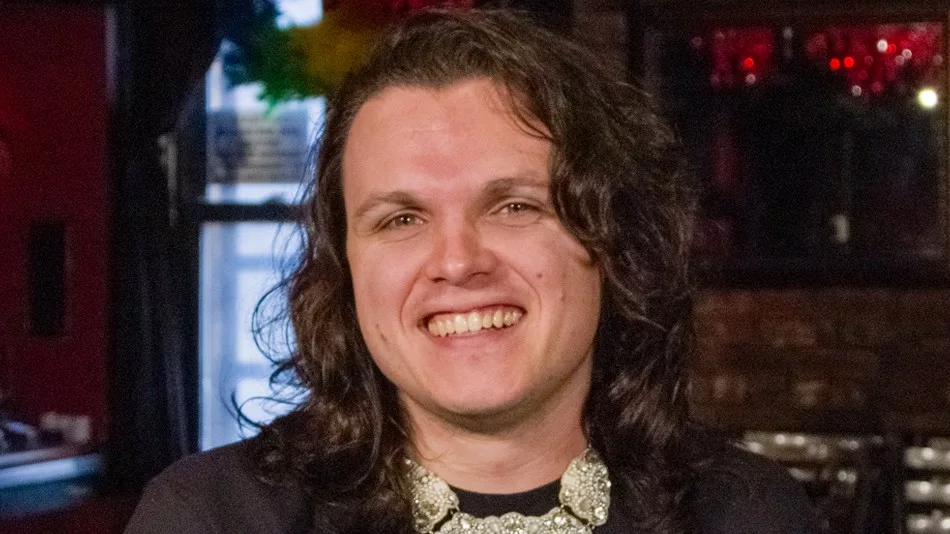
Share